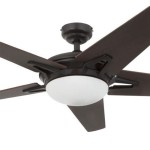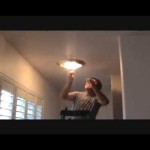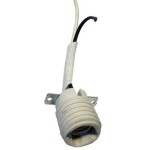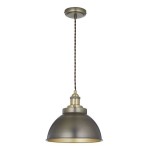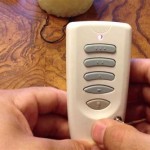Lighting For Suspended Ceiling: Exploring Essential Aspects
Lighting plays a crucial role in creating a comfortable, functional, and aesthetically pleasing environment in any space. When it comes to suspended ceilings, proper lighting is essential for maximizing their benefits and enhancing the overall ambiance of the room.
This article delves into the essential aspects that influence effective lighting design for suspended ceilings, guiding readers through the key factors to consider for optimal illumination and visual comfort.
--- ### 1. Light Source SelectionThe choice of light source is a fundamental aspect of lighting design. The type of light source selected can significantly impact the overall ambiance, energy efficiency, and maintenance requirements.
Incandescent bulbs provide warm, ambient light but have a relatively short lifespan and high energy consumption. Compact fluorescent lamps (CFLs) offer energy efficiency but may take time to reach full brightness and can produce a cooler light.
Light-emitting diodes (LEDs) are the most energy-efficient and versatile option, providing long-lasting, adjustable brightness, and a wide range of color temperatures.
### 2. Light DistributionLight distribution refers to the direction and spread of light from the source. The choice of luminaire, its placement, and the use of reflectors or lenses can influence the distribution of light.
Direct lighting focuses light downward, providing illumination to specific areas. Indirect lighting directs light towards the ceiling, creating a more diffused and ambient light.
Semi-direct and semi-indirect lighting combine both direct and indirect lighting techniques, offering a balance between focused and diffuse illumination.
### 3. Color TemperatureColor temperature refers to the warmth or coolness of the light emitted by a source. It is measured in Kelvin (K) and ranges from warm white (2700-3000K) to cool white (4000-5000K) and daylight (5000-6500K).
Warm white light creates a cozy and inviting atmosphere, while cool white light provides a more energizing and focused environment.
### 4. Light Level ControlThe ability to control the amount of light in a space is essential for creating the desired ambiance and visual comfort.
Dimmers allow for adjusting the brightness of lights, while motion sensors turn lights on or off automatically based on presence. Occupancy sensors detect occupancy in a space and automatically turn lights off when no one is present, saving energy.
---By carefully considering these essential aspects, architects, designers, and homeowners can create effective lighting designs for suspended ceilings that optimize functionality, enhance visual comfort, and contribute to the overall aesthetic of the space.

Creative Lighting On Suspended Ceiling Goldeneye Inc

Lighting Ceilume

Lighting Ceilume

Suspended Ceiling Lights Linear Fixture Manufacturer

Creative Lighting On Suspended Ceiling Goldeneye Inc

6 Types Of Lighting For Drop Ceilings And What S Best Your Home

6 Types Of Lighting For Drop Ceilings And What S Best Your Home

Suspended Ceiling Lights Sas International

Suspended Ceiling Lighting Systems In Turkey Trio

Suspended Ceiling Lights The Best To Put On A
Related Posts

